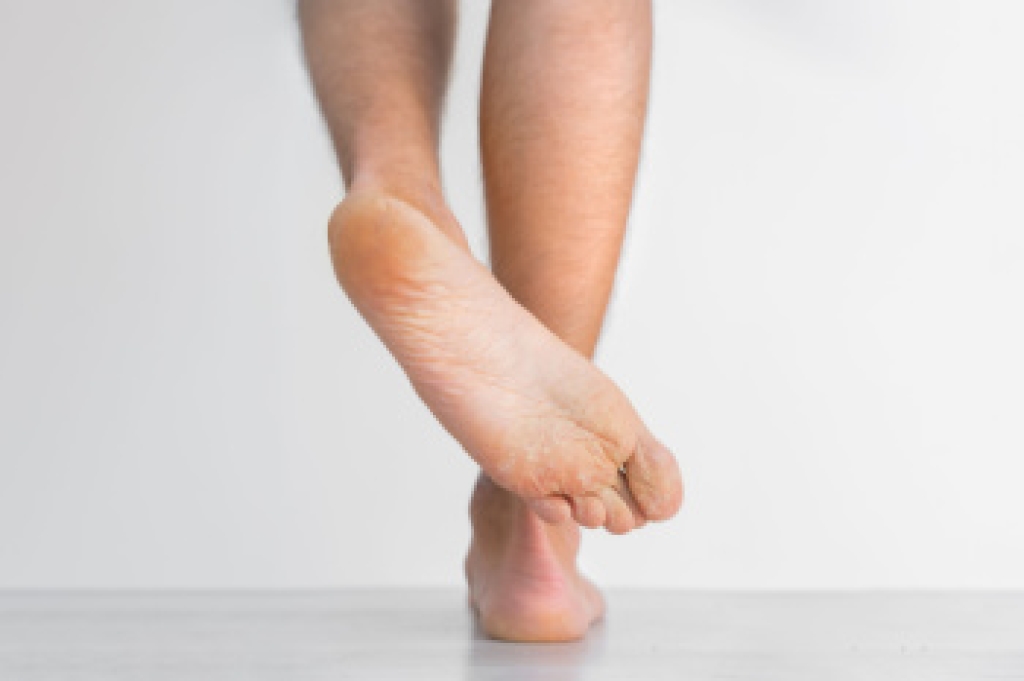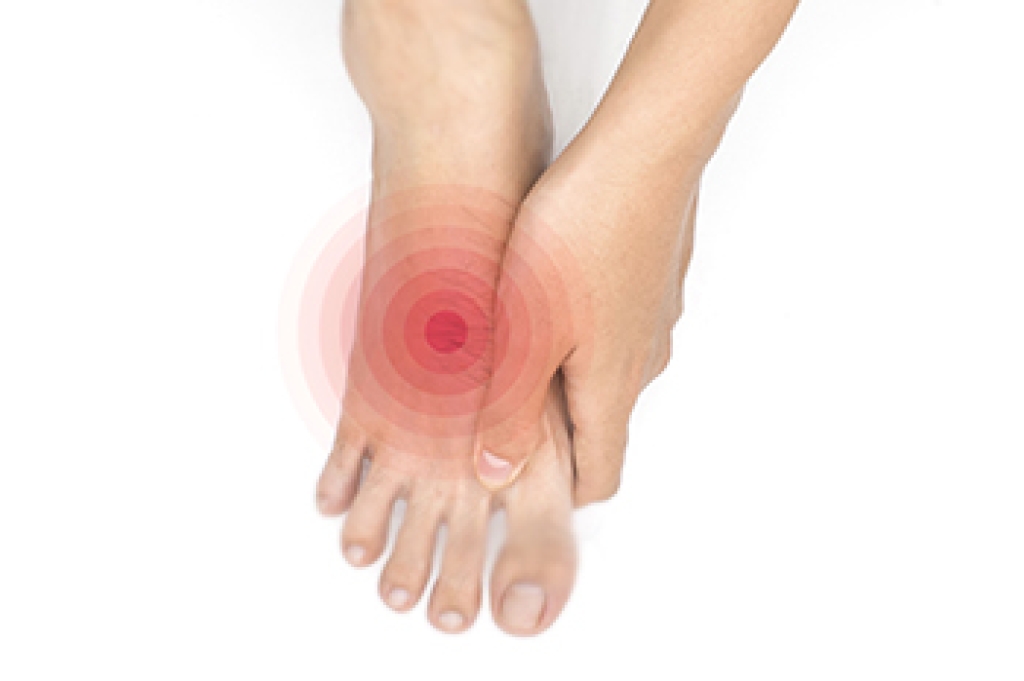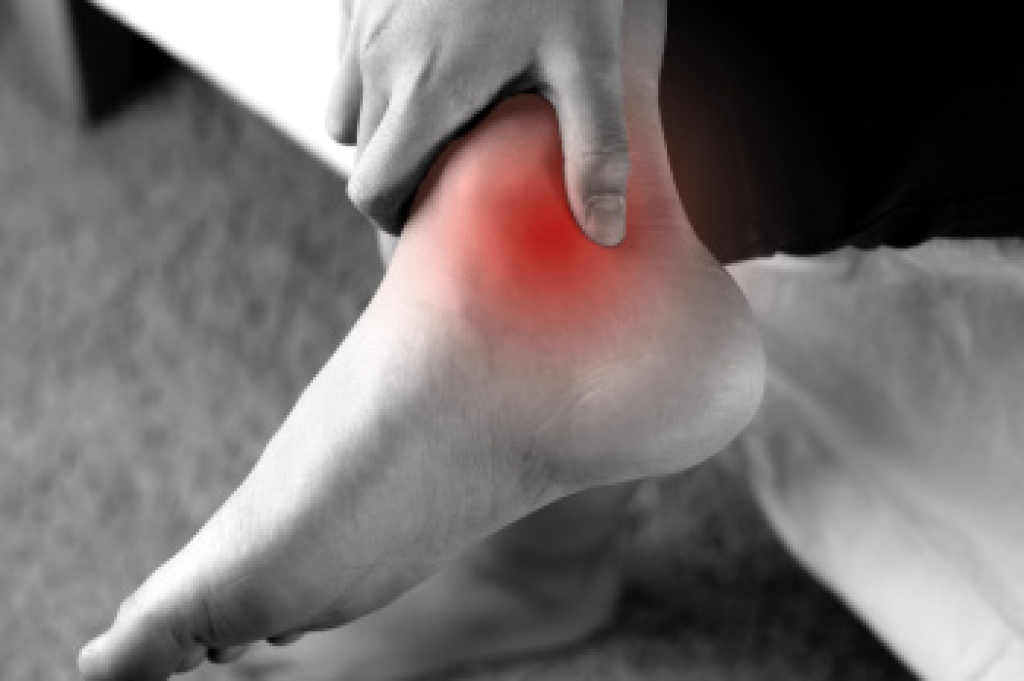
Athlete’s foot is a common fungal infection seen by podiatrists, often affecting teens and adults who sweat in shoes. Symptoms include itching, peeling skin, cracking between toes, and blisters that form on the sole or instep. The skin may look white, scaly, or raw, and blisters can appear clear or cloudy. It may feel itchy, sore, or painful when walking. Causes include warm, moist environments, shared showers, tight footwear, and contact with contaminated surfaces. A podiatrist can help from the start by examining the skin, confirming a diagnosis, and ruling out similar conditions. Treatment may include topical or oral antifungal medications, blister care, drying strategies, and prevention education. Prompt professional guidance supports healing, reduces recurrence risk, and protects family members and teammates nearby. Early care helps prevent spread, so it is suggested that you make an appointment with a podiatrist if you are dealing with skin issues on your feet.
Athlete’s Foot
Athlete’s foot is often an uncomfortable condition to experience. Thankfully, podiatrists specialize in treating athlete’s foot and offer the best treatment options. If you have any questions about athlete’s foot, consult with Jennifer Swan, DPM from Right Step Foot Care. Our doctor will assess your condition and provide you with quality treatment.
What Is Athlete’s Foot?
Tinea pedis, more commonly known as athlete’s foot, is a non-serious and common fungal infection of the foot. Athlete’s foot is contagious and can be contracted by touching someone who has it or infected surfaces. The most common places contaminated by it are public showers, locker rooms, and swimming pools. Once contracted, it grows on feet that are left inside moist, dark, and warm shoes and socks.
Prevention
The most effective ways to prevent athlete’s foot include:
- Thoroughly washing and drying feet
- Avoid going barefoot in locker rooms and public showers
- Using shower shoes in public showers
- Wearing socks that allow the feet to breathe
- Changing socks and shoes frequently if you sweat a lot
Symptoms
Athlete’s foot initially occurs as a rash between the toes. However, if left undiagnosed, it can spread to the sides and bottom of the feet, toenails, and if touched by hand, the hands themselves. Symptoms include:
- Redness
- Burning
- Itching
- Scaly and peeling skin
Diagnosis and Treatment
Diagnosis is quick and easy. Skin samples will be taken and either viewed under a microscope or sent to a lab for testing. Sometimes, a podiatrist can diagnose it based on simply looking at it. Once confirmed, treatment options include oral and topical antifungal medications.
If you have any questions, please feel free to contact our office located in Westerville, OH . We offer the newest diagnostic and treatment technologies for all your foot care needs.




